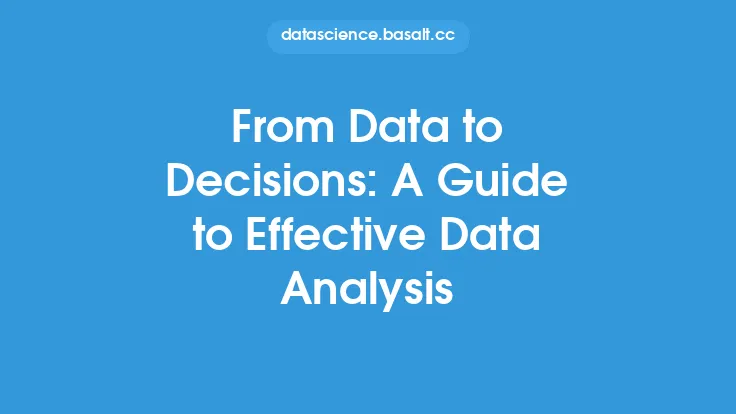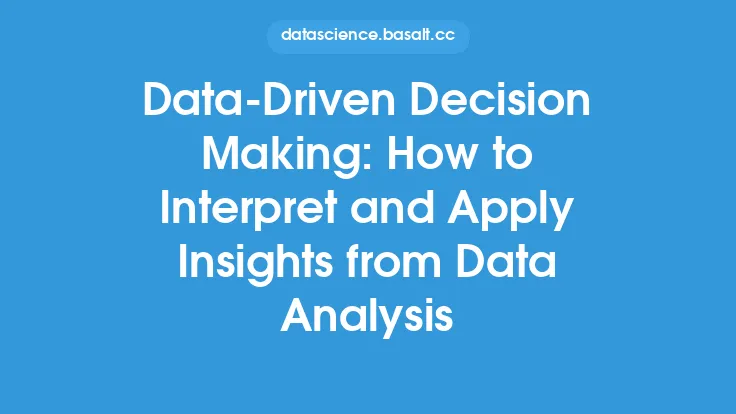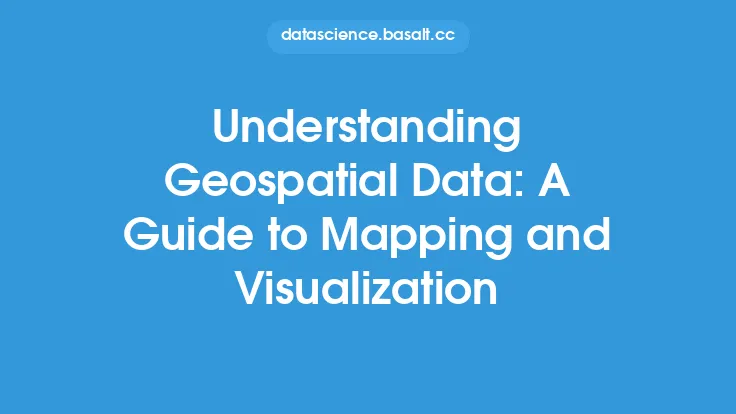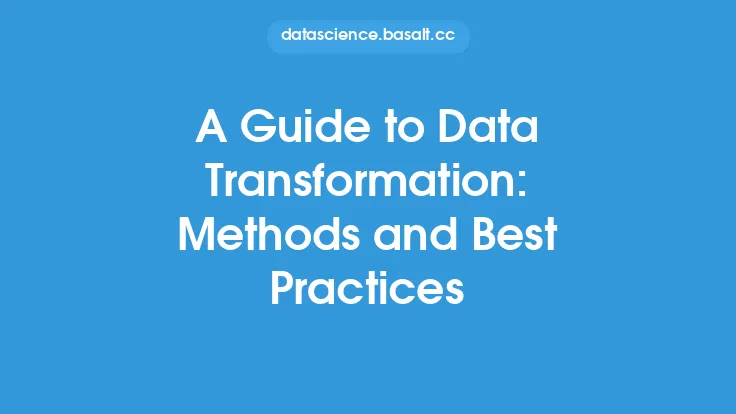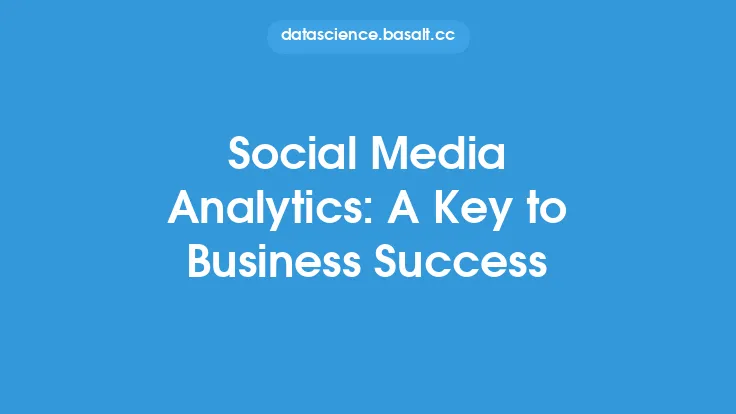Social media has become an integral part of modern life, with billions of users worldwide sharing their thoughts, opinions, and experiences on various platforms. This has led to an explosion of data, which can be leveraged to gain insights into human behavior, preferences, and trends. However, collecting and analyzing social media data can be a daunting task, requiring a deep understanding of the underlying principles and techniques. In this article, we will delve into the world of social media data, exploring the methods and tools used for collection and analysis, as well as the challenges and considerations that come with working with this type of data.
Introduction to Social Media Data
Social media data refers to the vast amounts of information generated by users on social media platforms, including text, images, videos, and metadata. This data can be categorized into two main types: structured and unstructured. Structured data includes information such as user demographics, engagement metrics, and platform-specific data, which can be easily organized and analyzed using traditional data analysis techniques. Unstructured data, on the other hand, includes text, images, and videos, which require more advanced techniques, such as natural language processing (NLP) and computer vision, to extract meaningful insights.
Data Collection Methods
There are several methods for collecting social media data, each with its own strengths and limitations. The most common methods include:
- APIs (Application Programming Interfaces): Many social media platforms provide APIs that allow developers to access and collect data programmatically. For example, the Twitter API allows developers to collect tweets, user information, and engagement metrics.
- Web Scraping: Web scraping involves using software to extract data from social media websites, often using HTML parsing and CSS selectors. This method can be used to collect data from platforms that do not provide APIs.
- Social Media Listening Tools: Social media listening tools, such as Hootsuite and Sprout Social, provide a centralized platform for collecting and analyzing social media data from multiple sources.
- Surveys and Polls: Surveys and polls can be used to collect self-reported data from social media users, providing insights into their attitudes, opinions, and behaviors.
Data Preprocessing and Cleaning
Once collected, social media data often requires preprocessing and cleaning to ensure it is accurate, complete, and consistent. This involves:
- Data Normalization: Normalizing data to a standard format, such as converting all text to lowercase and removing punctuation.
- Data Tokenization: Tokenizing text data into individual words or phrases, allowing for more efficient analysis.
- Stopword Removal: Removing common words, such as "the" and "and," that do not add significant value to the analysis.
- Handling Missing Data: Handling missing data, such as empty fields or null values, to prevent bias and ensure accurate analysis.
Data Analysis Techniques
Social media data can be analyzed using a variety of techniques, including:
- Sentiment Analysis: Analyzing text data to determine the sentiment or emotional tone, such as positive, negative, or neutral.
- Topic Modeling: Identifying underlying topics or themes in text data, such as using Latent Dirichlet Allocation (LDA).
- Network Analysis: Analyzing the relationships and interactions between social media users, such as using graph theory and community detection algorithms.
- Time Series Analysis: Analyzing data over time, such as using regression and forecasting techniques to identify trends and patterns.
Tools and Technologies
There are many tools and technologies available for collecting and analyzing social media data, including:
- Programming Languages: Programming languages, such as Python and R, provide a flexible and efficient way to collect and analyze social media data.
- Data Analysis Libraries: Data analysis libraries, such as Pandas and NumPy, provide efficient data structures and algorithms for data analysis.
- Social Media Analytics Platforms: Social media analytics platforms, such as Tableau and Power BI, provide a centralized platform for collecting and analyzing social media data.
- Machine Learning Frameworks: Machine learning frameworks, such as scikit-learn and TensorFlow, provide a wide range of algorithms and tools for building predictive models and analyzing social media data.
Challenges and Considerations
Working with social media data comes with several challenges and considerations, including:
- Data Quality: Ensuring the accuracy, completeness, and consistency of social media data, which can be affected by factors such as user behavior and platform changes.
- Data Privacy: Ensuring the privacy and security of social media data, which can be sensitive and personal.
- Scalability: Handling large volumes of social media data, which can be challenging and require significant computational resources.
- Interpretation: Interpreting social media data, which can be complex and require a deep understanding of the underlying context and nuances.
Best Practices
To ensure effective collection and analysis of social media data, it is essential to follow best practices, including:
- Defining Clear Objectives: Defining clear objectives and research questions to guide the collection and analysis of social media data.
- Using Multiple Data Sources: Using multiple data sources to triangulate findings and ensure accuracy.
- Validating Results: Validating results through multiple methods and techniques to ensure reliability and generalizability.
- Documenting Methods: Documenting methods and procedures to ensure transparency and reproducibility.
Conclusion
Social media data provides a rich source of insights into human behavior, preferences, and trends. However, collecting and analyzing this data requires a deep understanding of the underlying principles and techniques, as well as careful consideration of the challenges and limitations. By following best practices and using the right tools and technologies, researchers and practitioners can unlock the full potential of social media data and gain valuable insights into the complex and dynamic world of social media.
